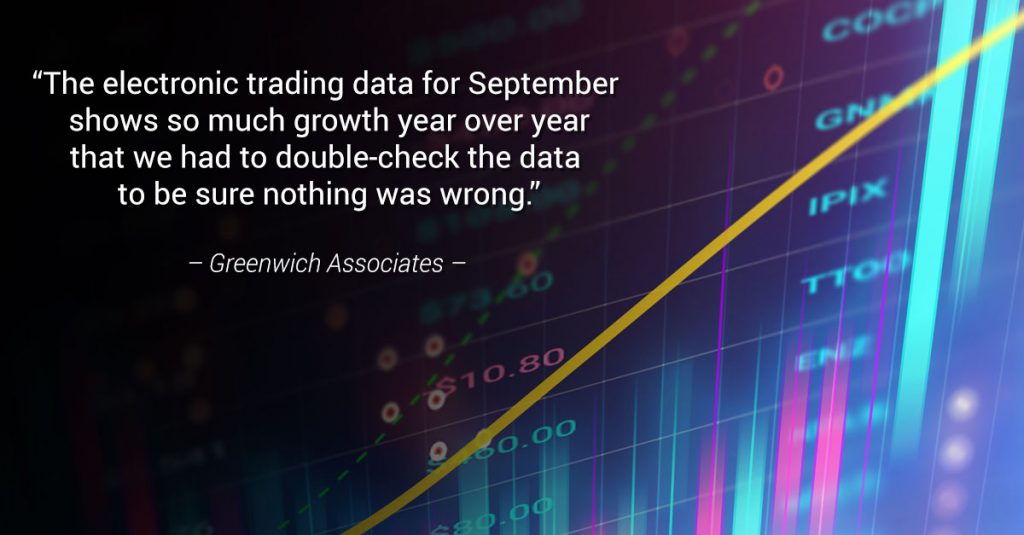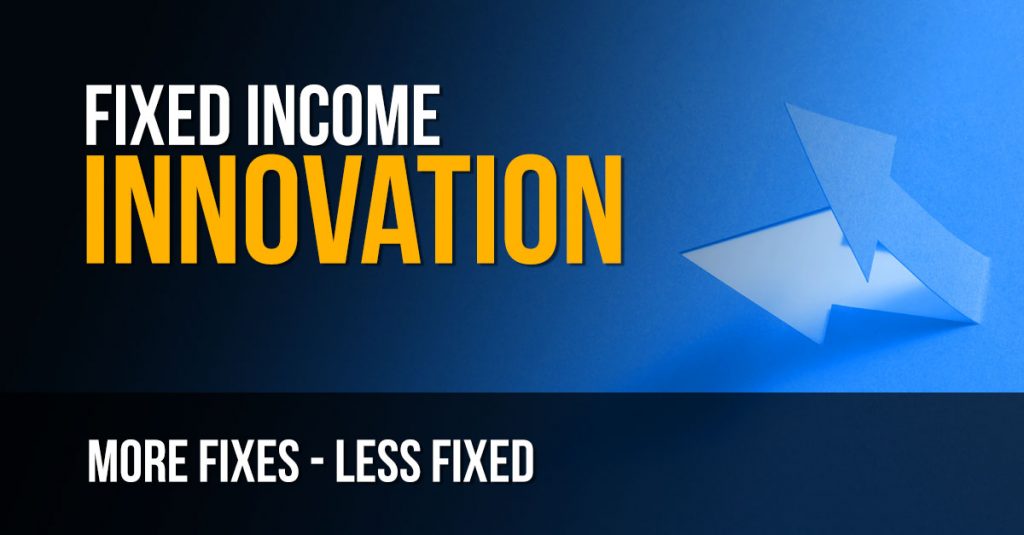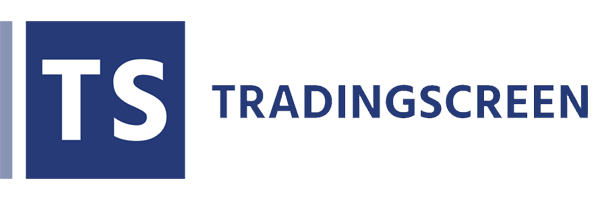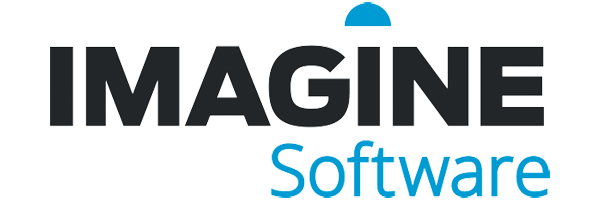News
SEC proposed the Transaction Fee Pilot for NMS Stocks

On March 14, 2018 the SEC proposed the Transaction Fee Pilot for NMS Stocks.
The 276-page proposal outlines a two-year pilot breaking the test stocks into three buckets; imposing fee caps of 1.5 mils for those stocks in the first bucket, 0.5 mils for those in the second and no rebate for those in the third. Remaining stocks would be considered the control group.
In 2015 NASDAQ attempted a similar experiment on 14 stocks. As the only venue imposing fee caps, the effort failed as normal market forces took over and liquidity migrated to the non-participating venues.
The transaction fee pilot is different. As an SEC proposal, all maker/taker venues will participate. Bringing to light a few questions:
- It has been nearly four weeks since the SEC published the proposal and opened it to comments, but it has been strangely quiet. This topic has been hotly debated among market practitioners for some time. It may be that digesting the structure of the pilot and establishing the pros and cons from each side is under review
- One can keep an eye on where the opinions fall at here
- It may seem logical that this falls in line with the concepts of neutrality and best execution in the brave new world of MiFID II. Yet, what will happen to liquidity for the selected and how will the typical liquidity providers adjust their behavior?
What will be the overall effect on the behavior and performance of broker algorithms and smart order routers? Will these caps change behavior, potentially lowering overall execution costs
The list can go on and as arguments for and against the proposal are discussed more questions will come to light. What is important is that market participants start now to upgrade their trading logic and technology to meet the requirements.
Throughout the trading process certification of new strategy parameters, changes to how the data is used in measuring transaction costs, back end accounting, and numerous other changes need to be assessed, not to mention the costs involved to implement these changes.
It may take up to two years before the Pilot begins, but thinking about the entire process now will be the key to a successful and insightful experiment.
TradingScreen will be keeping tabs on the process, so be sure to stop back to keep up to date on the latest and greatest.
Related News

Warning: Undefined variable $postId in /home/kraus/samplesite2/wp-content/themes/imaginesoftware/page-templates/part-newsentry.php on line 70
/ Fixed Income Trading
Fixed-Income Road Rumblings
Fixed income traders around the world are tied to their desks, as economic storm clouds gather and volatility persists. Yet, despite desks focussing on navigating tumultuous markets, the fixed income industry has been gathering at conferences around the world to discuss the future of bond trading.

Warning: Undefined variable $postId in /home/kraus/samplesite2/wp-content/themes/imaginesoftware/page-templates/part-newsentry.php on line 70
/ Equity Trading
E-Trading and Bond Market Turbulence
New lows in financial markets, a third pandemic winter on the horizon, signs of a waning economy, an increasingly hostile geopolitical climate, and a pullback in Wall Street spend. For traders, conditions are not getting any easier, any time soon.

Warning: Undefined variable $postId in /home/kraus/samplesite2/wp-content/themes/imaginesoftware/page-templates/part-newsentry.php on line 70
/ Fixed Income Trading
Fixed Income Innovation – More Fixes, Less Fixed
There is disproportionate spending on legacy tech from the past and cutting-edge tech that might deliver an ROI in the future. The right technology partner can offer fixed income trading desks the opportunity to improve liquidity and access more venues, trading protocols, analytics, automation, productivity and intelligence.

